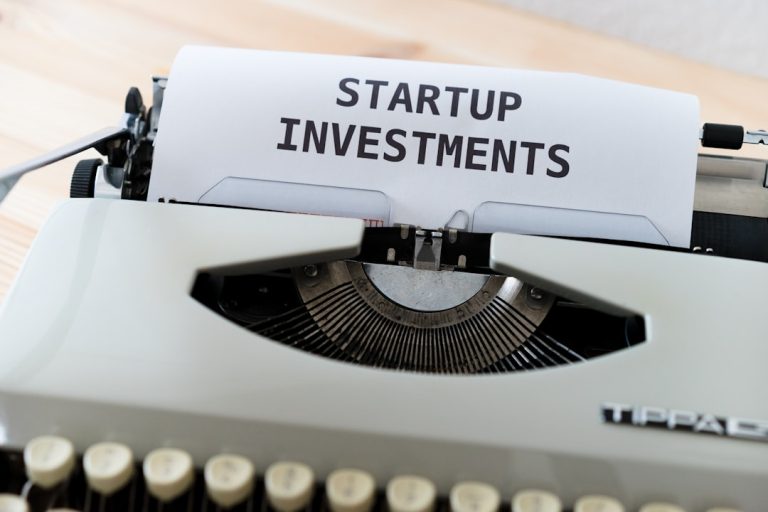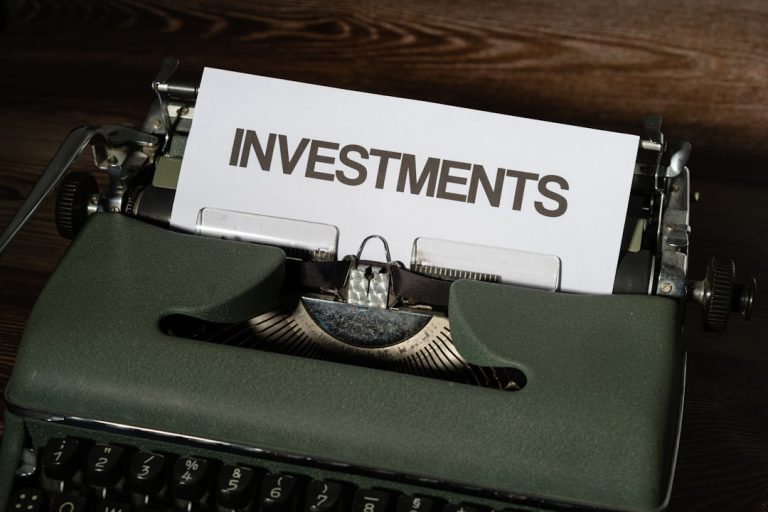Discover the crucial differences between early-stage startups and late-stage companies to make informed investment decisions.
Investing in startups can be both exhilarating and daunting, especially when distinguishing between early-stage startups and late-stage companies. Understanding these key differences is essential for investors aiming to maximize their returns while managing risks effectively. This guide delves into the fundamental distinctions between these two investment stages, providing valuable insights to aid your investment strategy.
Understanding Early-Stage Investments
Early-stage investments represent the initial phases of a startup’s lifecycle, where the primary focus is on transforming innovative ideas into viable products or services. These startups are typically in the seed or Series A funding stages.
Characteristics of Early-Stage Startups
- Product Development: Allocating funds towards creating and refining the product or service.
- Team Building: Establishing a competent team to drive the startup forward.
- Customer Acquisition: Developing strategies to attract and retain the first set of customers.
- Investment Forms: Commonly involve convertible notes or preferred equity.
Risks and Rewards
Early-stage investments carry significant risks due to unproven business models and limited market validation. However, they also offer high potential rewards if the startup successfully scales and captures market share. Investors in this stage should be prepared for a longer investment horizon and the possibility of substantial returns.
Understanding Late-Stage Investments
Late-stage investments occur when a company has matured beyond the initial phases, demonstrating consistent revenue streams and market presence. These companies are often preparing for major milestones such as an acquisition or an initial public offering (IPO).
Characteristics of Late-Stage Companies
- Market Penetration: Established products with a strong foothold in the market.
- Revenue Generation: Positive cash flow and consistent revenue streams.
- Expansion Initiatives: Exploring new markets or product lines to drive growth.
- Investment Goals: Seeking liquidity events like acquisitions or IPOs.
Risks and Rewards
While late-stage investments generally present lower risks compared to early-stage, they still carry uncertainties related to market dynamics and competitive pressures. The returns might be more predictable, but they are typically lower relative to the high-risk, high-reward nature of early-stage investments.
Key Differences for Investors
Risk Profile
- Early-Stage: Higher risk due to unproven concepts and market fit.
- Late-Stage: Lower risk with more established operations and revenue.
Investment Horizon
- Early-Stage: Longer time frame to realize returns, often requiring patience.
- Late-Stage: Shorter investment period with quicker potential exits.
Exit Strategies
- Early-Stage: Exit through acquisition, further funding rounds, or failure.
- Late-Stage: Exit via IPO, acquisition, or continued growth leading to stable returns.
Due Diligence
- Early-Stage: Focus on the founding team, product viability, and market potential.
- Late-Stage: Emphasis on financial performance, scalability, and market position.
How Platforms like Oriel IPO Facilitate Informed Investments
Investing platforms play a crucial role in bridging the gap between startups and investors. Oriel IPO stands out by offering a curated, commission-free investment marketplace tailored to the UK’s SEIS/EIS tax incentives.
Key Features of Oriel IPO
- Commission-Free Funding: Eliminates fees, maximizing returns for investors and capital for startups.
- SEIS/EIS Tax Incentives: Provides tax-efficient investment opportunities, enhancing investment attractiveness.
- Educational Resources: Comprehensive tools and guides to help investors make informed decisions.
- Curated Investment Opportunities: Carefully selected startups ensure quality and potential for high returns.
By leveraging platforms like Oriel IPO, investors can navigate the complexities of early-stage investments with greater ease and confidence, supported by valuable educational resources and a supportive community.
Conclusion
Whether you’re drawn to the high-risk, high-reward nature of early-stage investments or the more stable prospects of late-stage companies, understanding the distinctions is vital for crafting a successful investment portfolio. Platforms like Oriel IPO enhance this process by providing the necessary tools and opportunities to connect with promising startups while benefiting from tax incentives.
Ready to explore curated investment opportunities and make informed decisions? Get started with Oriel IPO today!



